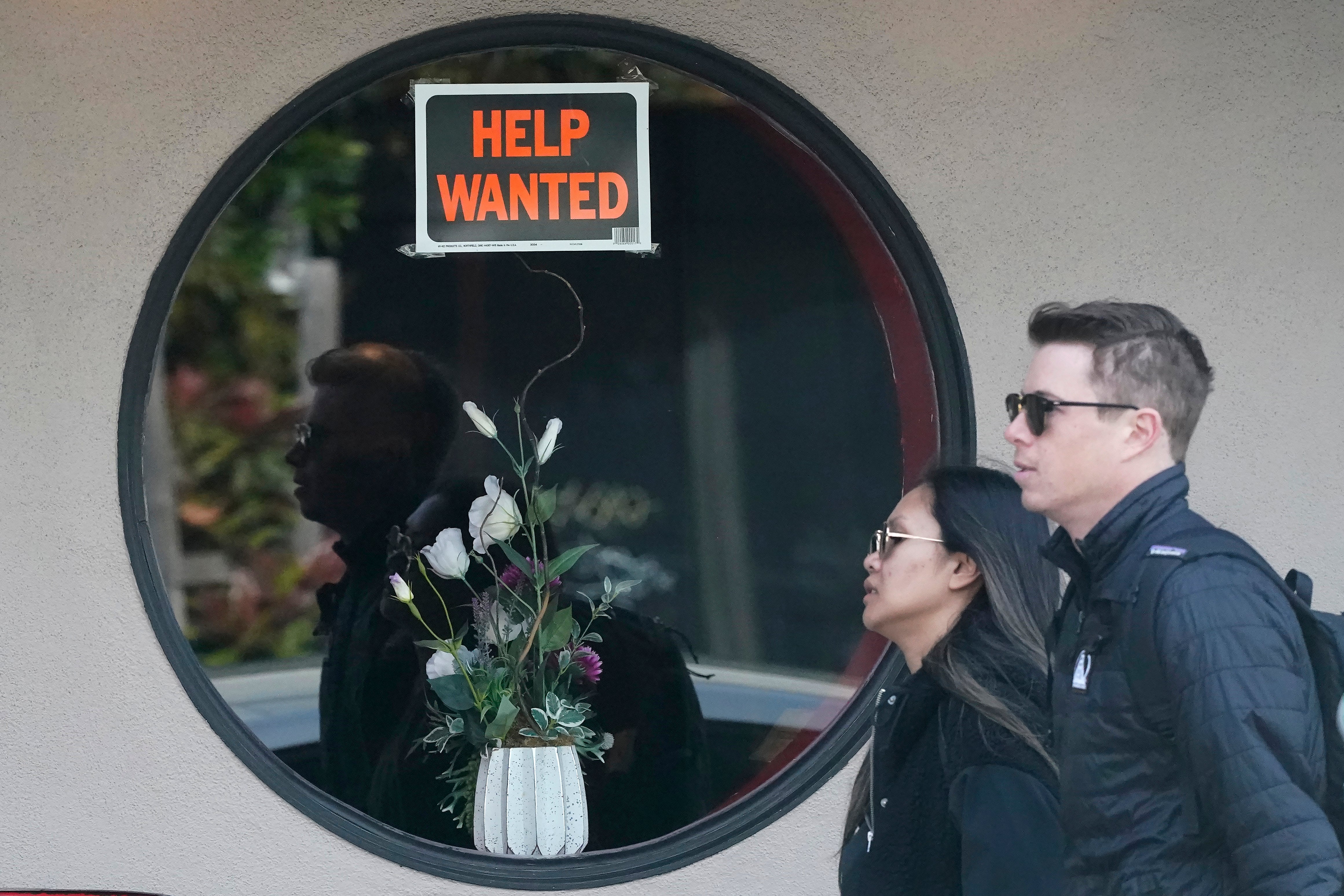US unemployment claims tick up to 245,000, but still low
The number of Americans applying for unemployment benefits rose last week but remains low by historic standards

Your support helps us to tell the story
From reproductive rights to climate change to Big Tech, The Independent is on the ground when the story is developing. Whether it's investigating the financials of Elon Musk's pro-Trump PAC or producing our latest documentary, 'The A Word', which shines a light on the American women fighting for reproductive rights, we know how important it is to parse out the facts from the messaging.
At such a critical moment in US history, we need reporters on the ground. Your donation allows us to keep sending journalists to speak to both sides of the story.
The Independent is trusted by Americans across the entire political spectrum. And unlike many other quality news outlets, we choose not to lock Americans out of our reporting and analysis with paywalls. We believe quality journalism should be available to everyone, paid for by those who can afford it.
Your support makes all the difference.The number of Americans applying for unemployment benefits rose last week but remains low by historic standards.
U.S. jobless claims rose by 5,000 to 245,000, the Labor Department reported Thursday.
The four-week moving average of claims, which evens out week-to-week ups and downs, fell by 500 to 239,750. At the start of the year, weekly claims were running around 200,000 and they have gradually moved higher.
The weekly claims numbers are a proxy for layoffs, and they show that American workers enjoy unusual job security despite rising interest rates, economic uncertainty and fears of a looming recession.
The U.S. job market is healthy overall. At 3.5% last month, the unemployment was a tick above January's half-century low 3.4%. Employers added 236,000 jobs in March, down from 472,000 in January and 326,000 in February but still strong by historic standards.
The inflation fighters at the Federal Reserve worry that a tight job market puts upward pressure on wages — and on overall prices. They have raised their benchmark interest rate nine times in just over a year. Inflation has edged lower since hitting four-decade highs last year. But March's 5% year-over-year inflation rate remained well above the Fed's 2% target.
The Fed is hoping to achieve a so-called soft landing — lowering growth just enough to bring inflation under control without causing a recession. Economists are skeptical. Many expect the United States to enter a recession later this year.